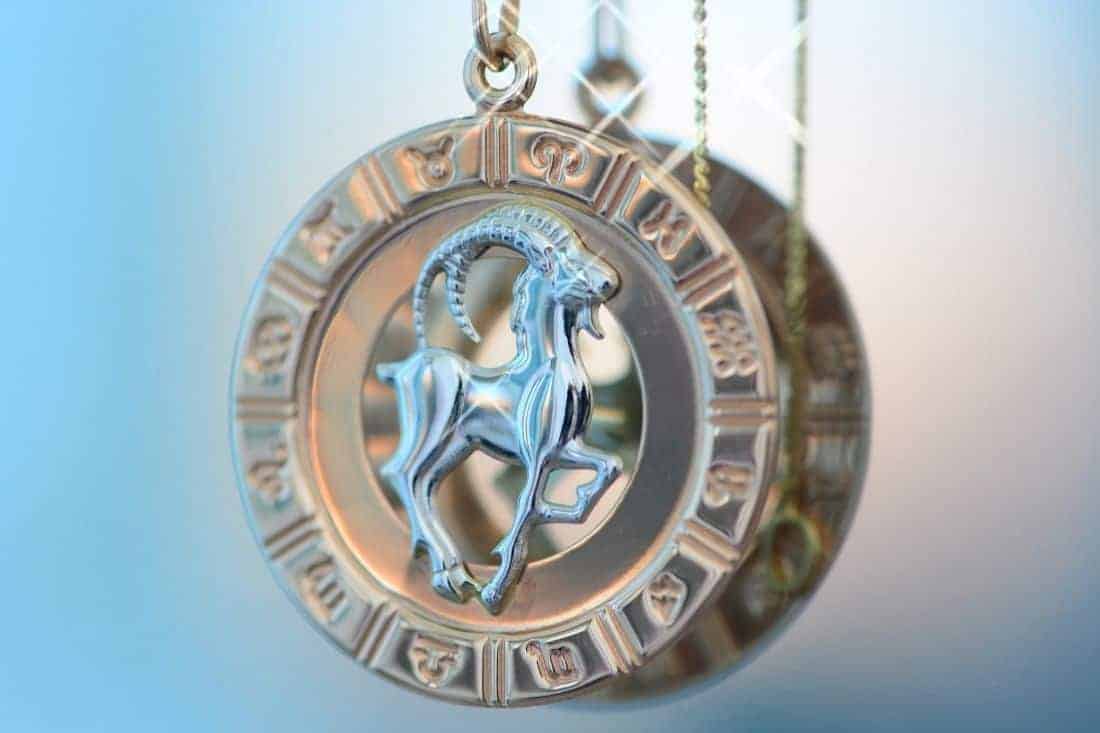We have some facts about pianos that will tickle the keys and be music to your ears. Keep reading to learn about this classic instrument.

Many people assume pianos are really, really old. But actually they are a relatively young instrument, at least when you consider all of history of other musical instruments.
The first piano went by a slightly different name and made its debut around 1700. Interestingly, Beethoven never actually played the piano as we know them now – it was a completely different version.
These instruments are incredibly complicated. Thousands of pieces come together so that 88 keys can strike 230 strings. The result is a symphony of sound that is pleasing to just about everyone.
But for all these facts about pianos, no one truly knows how to classify them. Are they string instruments or percussion? We’ll let you decide where you fall in this debate!
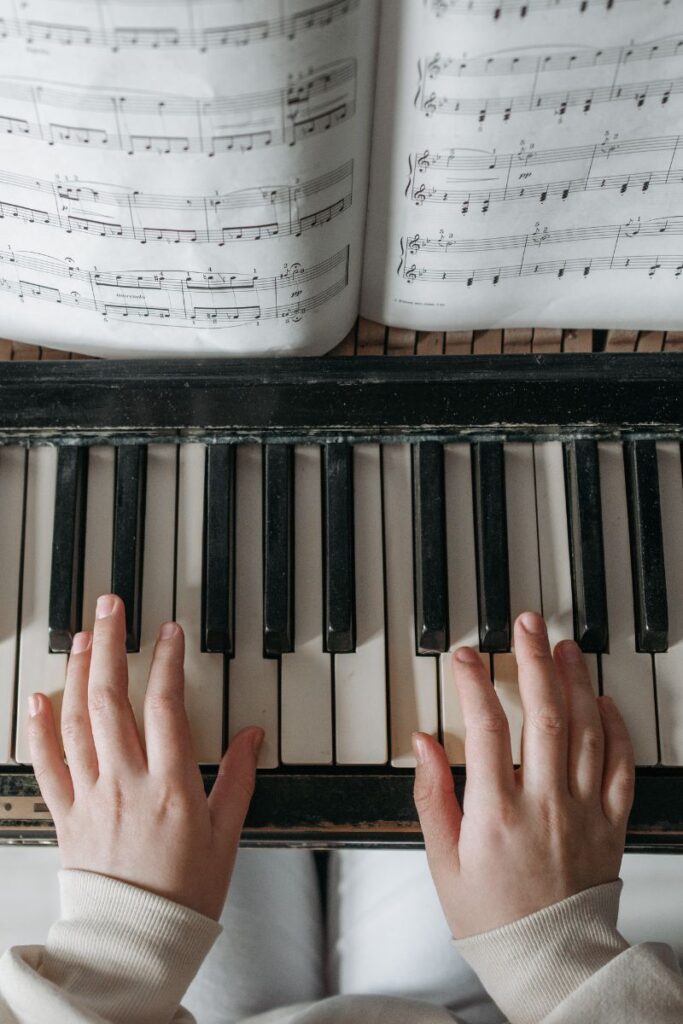
How many composers can you name? You can likely list at least three of the top five. Here’s a hint, Beethoven is one of them (but we’ve already said him…)
If you have played piano, then you know how hard it is to play it well. It is exceptionally difficult to do it accurately and fast. If you think you have fast fingers, then you should check out fact number 8.
But you don’t have to be an experienced piano player to appreciate these piano facts. This beautiful instrument has been serenading listeners for hundreds of years. Maybe you’ll learn something new!
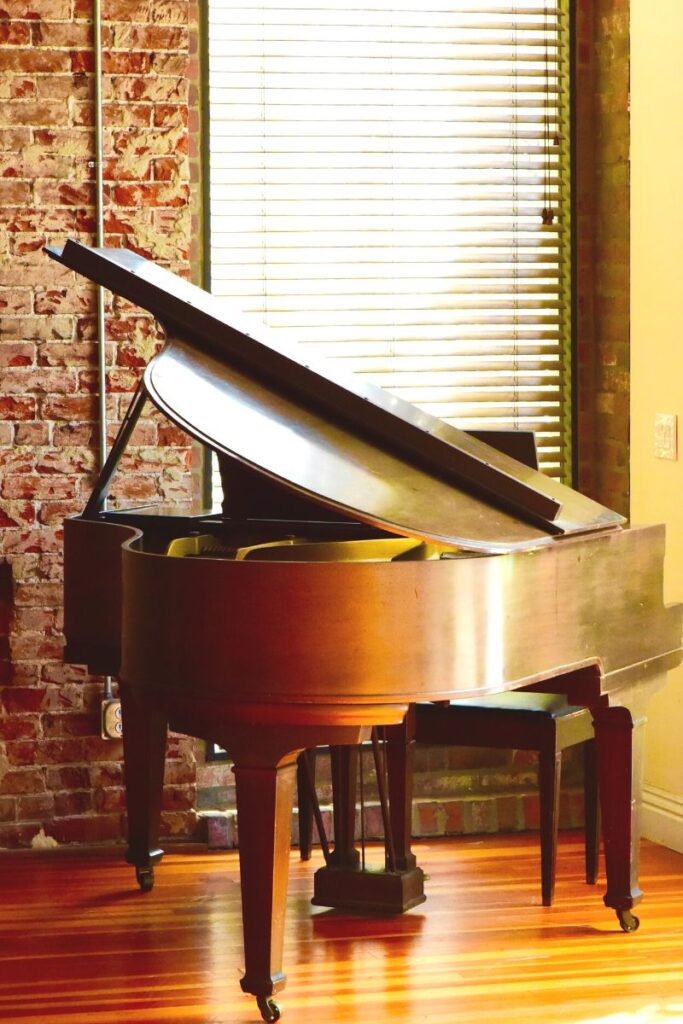
Contents:
20 Fun Facts About Pianos
1. It’s not as old as you may think
While no one knows the exact date the piano was invented, we know it was around 1700 in Italy. That’s right, as in just over 300 years ago.
Bartolomeo Cristofori lived from 1655 to 1731. He dedicated his life to perfecting and inventing keyboard instruments.
2. There are only three Cristofori pianos left
Being as he built these instruments 300 years ago, it isn’t surprising there are only three left.
The first one, built in 1720, is at the Metropolitan Museum of Art. The second, from 1722, is in Rome at the Museo Nazionale degli Strumenti Musicali. The last from 1726 is in the Musikinstrumenten-Museum of Leipzig University.
Unfortunately, none of them are truly playable.
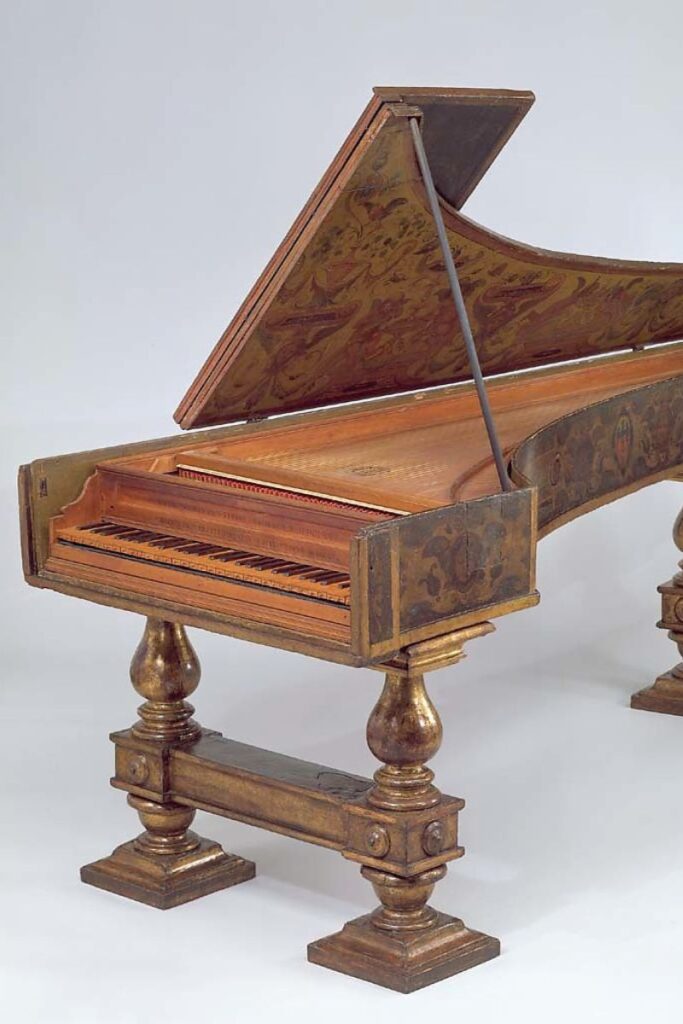
3. There are 88 keys
In a typical piano, there are 52 white keys. These keys make up the C major scale. The natural notes are C, D, E, F, G, A, and B. The 36 shorter, black keys are for sharps and flats. Add it up, that is 88.
There are some specialty pianos that have more keys, but these are not normal.
4. But there are 230 strings
This is where things get a bit more confusing. You might think there should be 88 strings attached to the 88 keys, but you’d be wrong. There are actually about three strings for each key. As you move left into the bass notes, the number of strings decreases with only one string for each of the lowest bass notes.
Steel strings are strung incredibly tight. When a hammer strikes, they project sound. Each individual string holds about 168 pounds of tension resulting in about 20 tons of tension for the whole piano. We told you we had lots of interesting facts about pianos here!
5. They used to have a different name
Originally, the name for pianos was fortepianos. If you are watching a time period show or movie, or reading an older book, you might have heard this term. The name wasn’t shortened to piano until the late 18th or early 19th century.
In Italian, forte means loud and piano means soft. The instrument got its name from the dynamic range it has. Technically, Beethoven and Bach wrote their symphonies on a fortepiano.

6. Pianos are high-maintenance
To keep the piano sounding beautiful, owners must keep the piano tuned. Experts recommend tuning a new piano every three months for the first year and then twice a year going forward. However, every time you move the piano you should tune it again.
7. We don’t know where they belong
Experts classify every instrument into a family. However, people disagree on where to place the piano should.
One camp believes this instrument is firmly in the string family with violins. This makes sense, as there are 230 strings. However, another group wants the piano in the percussion family with the drums. As hammers hit the strings to make the sound, this is also logical.
This hotly debated topic is far from settled, and you will see the piano in both families. Where do you think pianos sit?
8. One man can play the keys really, really fast
Domingos-Antonio Gomes of Portugal holds the Guinness World Record for hitting the most piano keys in one minute. In March of 2017, Gomes played 824 notes in one minute. That is an incredible 13 notes a second! He accomplished this feat on a Yamaha grand piano.
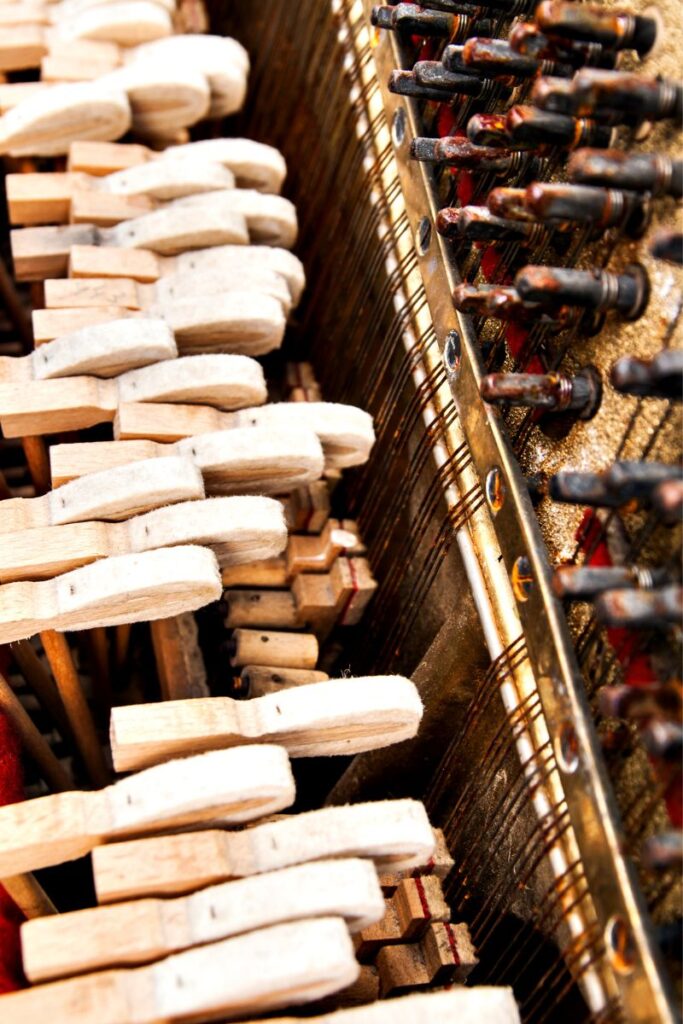
9. Pianos are incredibly complex
In a modern piano, there are over 12,000 parts. There are so many pieces because the instrument has six functional areas: keyboard, hammers, dampers, bridge, soundboard, and string.
One of the reasons pianos are so expensive is that each of these parts is made of high-quality materials that are durable.
10. Pianos are in a class of their own
There is a reason that pianos are the most common instrument used to compose music. The range on a piano is more than seven octaves. This versatile piano fact explains a lot!
11. Tickling the ivories was a thing
Originally, sugar pine was used for the keys. Ivory strips covered the tops. As it turns out, ivory is not a sustainable resource as it mostly comes from endangered species.
Today, spruce or basswood are the base for most keys, with spruce being the more expensive option. The white plate is usually plastic.
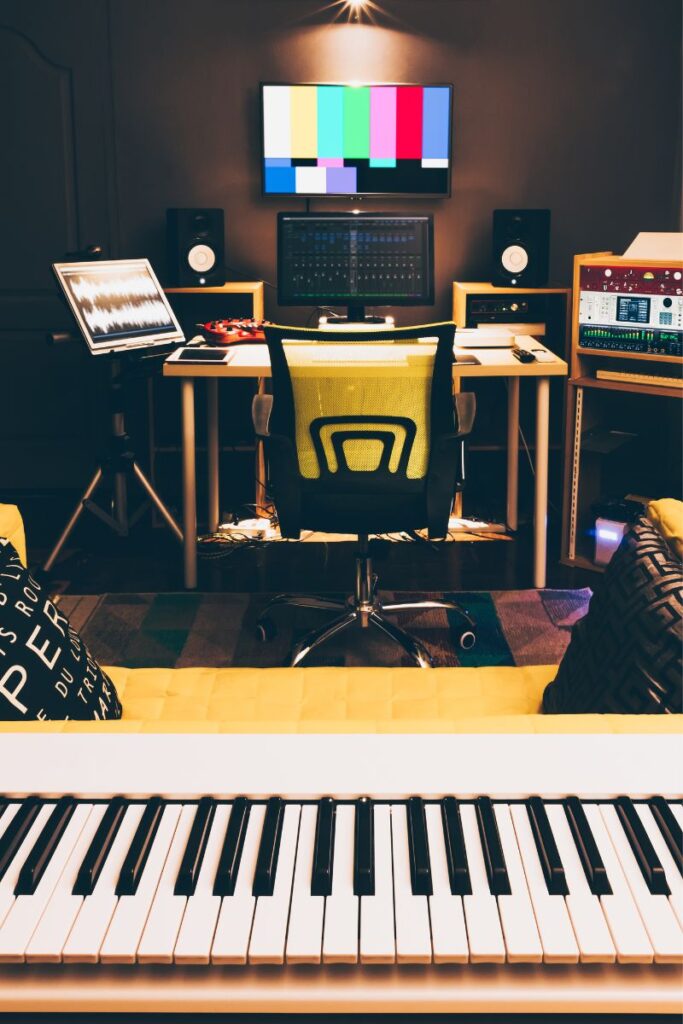
12. The electric piano isn’t even 100 years old
While the piano has evolved for many centuries, the electric keyboard wasn’t a thing until 1929. German chemist Walther Nernst was not only a brilliant, Nobel Prize-winning chemist and physicist, but he also had a deep love for music.
Nernst invented the electric piano by replacing the sounding board with radio amplifiers. Unfortunately, he did not see his invention gain popularity.
13. Piano is king
For a royal fact about pianos, musicians worldwide consider this instrument to be king among all. Because of its great versatility and incredible range, many musicians turn to the piano for composition.
14. You play the piano with your hands and feet
While there are 88 keys for your fingers, you must also use your feet to get the full range on the piano. Modern versions have three pedals, and each one does a different job.
The first pedal, the una cord, is often called the soft pedal. The middle pedal is the sostenuto pedal and it is for sustaining notes. The final is the damper pedal.

15. Sometimes, pianos are expensive
Like, really expensive. In 1997, a very special Steinway D-274 sold at Christie’s in London for an incredible $1.2 million. This piano, known as the Steinway Alma Tadema, was a custom-built instrument for Dutch painter Sir Lawrence Alma Tadema built around 1885. It is on display at the Clark Art Institute.
The next most expensive piano was also a Steinway and sold for $390,000. Thankfully, most pianos are nowhere near that expensive.
16. Chopin is considered the greatest
Ranker, a site that rates everything, conducted a survey of the greatest composers of all time. Frederic Chopin topped the list. Beethoven, Liszt, Mozart, and Rachmaninoff round out the top five. Which one of these is your favorite classical composer?
17. Pianos vary quite a bit
Many debate whether the upright and grand piano are actually the same instrument. They differ in size, tone, structure, and more. A difference only true piano lovers notice is that the grand piano has a much faster response than an upright.
This difference is due to the fact that grand pianos have a repetition layer. A musician can continue to play notes even when the first key hasn’t returned to its original position. An upright piano requires the player to wait for the key to get back to the starting position before playing that note again.
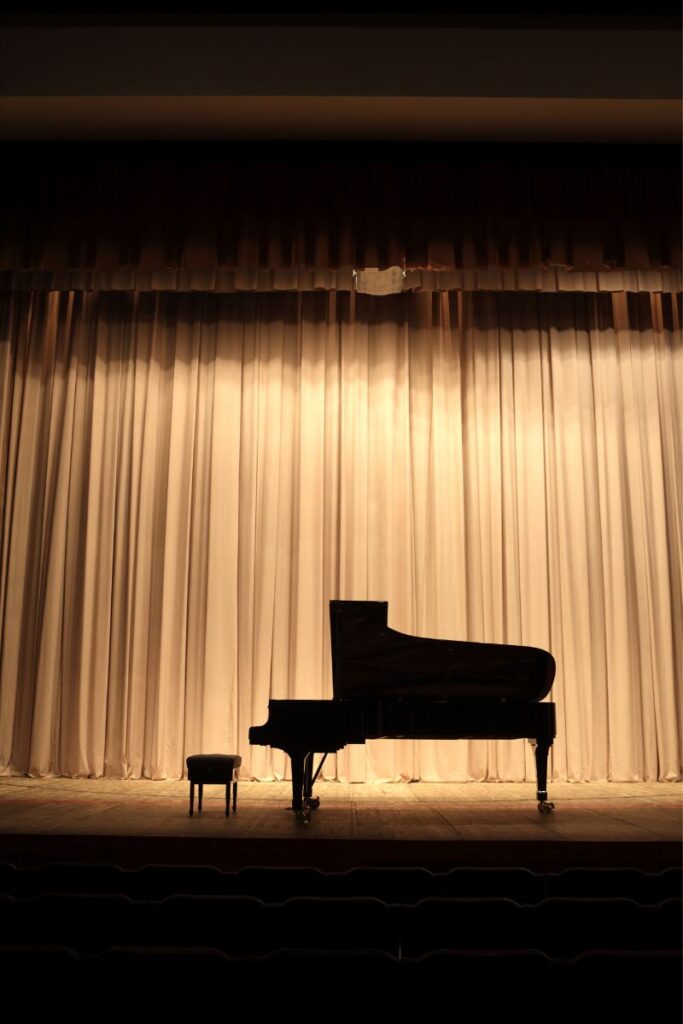
18. Give a middle key
The very middle key on a piano is the space between E and F above the “middle” C.
19. Hammering away at music
To make a sound on a piano, several processes must work together. First, a player presses a key. The key triggers between one and three hammers which in turn strike strings. Strings vibrate at a certain frequency which creates the array of sounds that make music.
20. They’re heavy
A concert grand piano generally weighs over 1,400 pounds. They are just under nine feet tall. It makes sense for the instrument to be so big and heavy, it is made up of thousands of high-quality parts, many of them solid wood.
Who wants more fun facts?

If you’re looking for some recommendations, these are a few of our favorite fact books to buy. We use these when planning fun trivia nights with family and friends!
We really hope these piano facts were music to your ears, or at least something interesting to entertain you.
Which of these facts about the piano did you find most interesting? You can let us know in the comments below!

